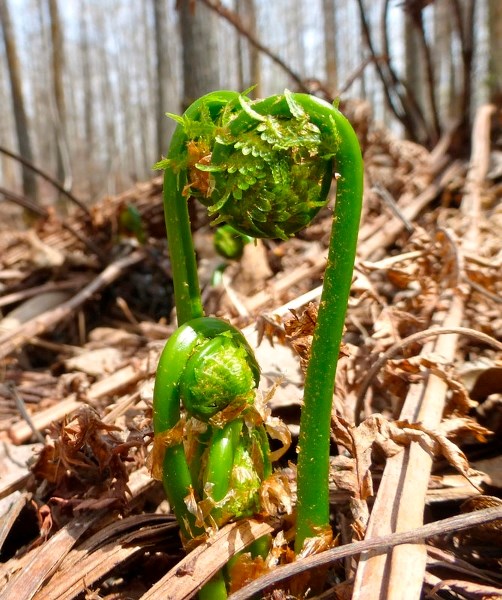Can’t tell your bishop’s caps from your Indian pipes? A new guide to the plants of Big Lake can help, and should be on sale this week.
The Big Lake Environment Support Society (BLESS) released the Plant Guide to Lois Hole Centennial Provincial Park this week. The 82-page hand-sized book profiles 65 species of tree, shrub, fern, sedge, grass, lichen and moss around Big Lake and is the first guide designed specifically for the park.
The guide is based on the work of botanist Melanie Patchell, who back in 2013 did the first botanical survey of Lois Hole Park, says BLESS member Miles Constable.
“It’s intended to be for the average person out wandering around who wants to know, ‘Oh, what’s that plant over there?’”
The guide lists the name, habitat and distinguishing characteristics of the various plants in the park along with several pictures. Almost all the information and photos come from Patchell’s work, Constable says.
It’s not a complete guide, notes BLESS member Elke Blodgett – Patchell wasn’t an expert on mosses, lichen and fungi, so most of those aren’t covered.
Although the guide has many notes on the edibility of plants in the park, Constable discourages residents from snacking on them, as it’s illegal to harvest plants from provincial parks without permission from a conservation officer.
“If everyone goes out and picks a 20-pound bag of spring ferns, we very soon won’t have any spring ferns,” he notes.
“You should probably take your lunch with you.”
The guide also points out potentially dangerous plants in the park, such as the poisonous spotted water hemlock and marsh marigold.
One of the strangest plants in the park is the lung liverwort, Constable notes – a moss-like plant that makes umbrella-like flowers.
“It’s a very primitive plant,” he notes, and few people know about it.”
Blodgett says one of her favourite plants in the book is the touch-me-not. Two species of these plants are found in the park, and both are known for their spring-loaded fruits that shoot out seeds at the slightest provocation.
“You just touch them and the seeds jump away,” she says.
BLESS has printed 500 of the books and should soon have them for sale through its website (bless.ab.ca), Constable says. St. Albert council members will receive copies on Monday.
The price is $5, which should cover the cost of printing the book, Constable says.
The project was backed by a $5,000 Environmental Initiatives Grant from the city and $2,500 from the John and Barbara Poole Foundation.
Interesting plants of Big Lake
The Lois Hole guide profiles 65 different plants in the park. Here are a few of the more unusual ones:<br />• Indian pipe. Very small and easy to miss, these plants are white as they lack chlorophyll, and feed on decaying matter much like fungi. <br />• The skunk currant. One of several currants in the park, this one smells like skunk when crushed.<br />• Buffalo-berry or soapberry. Its red berries are bitter, but froth when agitated. Adding sugar to the froth creates a sort of ice cream.<br />• Common bladderwort. A carnivorous water plant with yellow snapdragon-like flowers, its leaves have hair-trigger bladders that suck in unwary water bugs.




